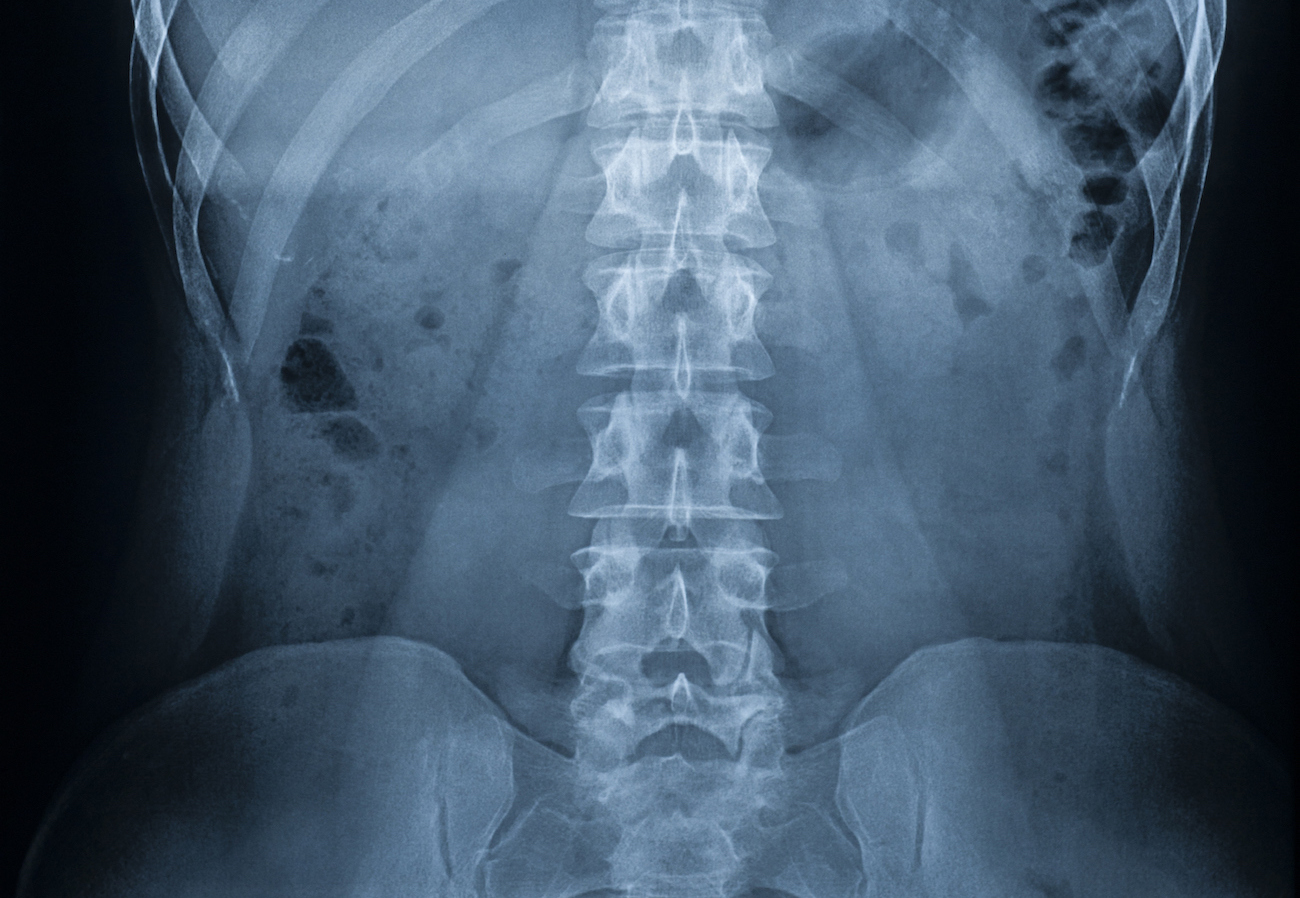Physical Exam
A physical examination will be conducted by your provider wherein they may ask you to bend in different ways to test the range of motion of your spine. They may also try to reproduce your pain by pressing on your pelvis or moving your legs into specific positions. You may also be asked to take focused deep breaths to see if it is difficult to expand your chest fully.



